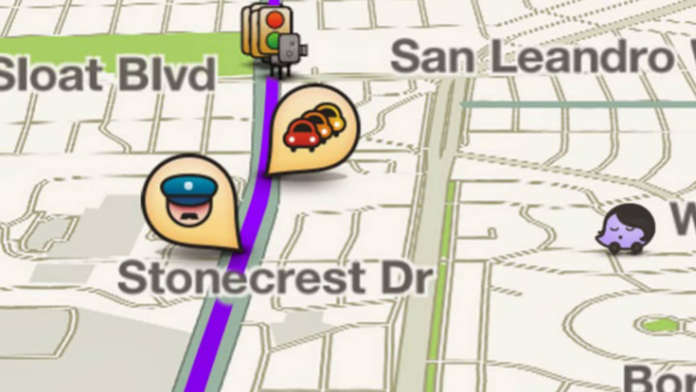In this weekly series, CNBC takes a look at companies that made the inaugural Disruptor 50 list, 10 years later.
Nobody enjoys sitting in bumper-to-bumper traffic jams, getting an arrival time delayed due to street construction and gaining more road rage by the minute as a result. Waze, the crowdsourcing navigation app, is continuing to find ways to make frustrating road bumps a little more bearable.
Waze users – also known as “Wazers” – provide information on things like stopped cars, road work, gas prices and police activity during their commutes. The app then collects this real-time data and updates its maps accordingly, giving users the most up-to-date information on travel times and other potential traffic burdens. What was once a small Israeli startup now has more than 140 million monthly users worldwide.
In 2013 – shortly after the app made the inaugural CNBC Disruptor 50 list – Alphabet ‘s Google acquired Waze, reportedly for more than $1 billion. The addition of Waze to the Google portfolio was expected to help Google improve features on its own navigation app, Google Maps. Google Maps is still the most popular navigation app today and relies more heavily on historical data to map out the best path to one’s destination. On the other hand, Waze’s unique crowdsourcing technique allows it to determine the fastest route with the most recent information, and it’s only available for car and motorbike use.
The app’s innovation has had led to backlash in the past, for potentially distracting drivers, who must use their phones behind the wheel to make reports on Waze. In 2018, it faced threats of legal action by Los Angeles lawmakers for suggesting shortcuts that ended up causing more congestion on side roads not prepared to handle high amounts of traffic. Uri Levine, co-founder and former Waze president, said at the time that he disagreed with the complaints.
“All roads are the public domain and therefore the right of everyone to use,” Levine said. “In that sense, Waze redistributes traffic to create a better traffic situation for everyone.”
The company also struggled at the beginning of the Covid-19 pandemic. With a decrease in individuals traveling, Waze reported in April 2020 that its users across the globe were driving 60% fewer miles compared to two months prior, with driving in Italy – one of the first countries to see the impacts of Covid-19 – dropping more than 90%. As a result, Waze laid off 5% of its global workforce in September 2020 and permanently closed offices in the Asia-Pacific and Latin America regions.
The company also shutdown Waze Carpool in September, a service connecting Wazers with similar commutes to carpool. The six-year-old service was intended to help Wazers cut down on gas costs while creating less traffic congestion during busiest travel times each day, but the pandemic caused too many changes in work driving patterns to be a priority, with errand trips and travel now the dominant uses for Waze.
Despite these challenges, innovations within the app have kept Waze users consistently coming back to the platform. It’s one of the top navigation choices among Uber and Lyft drivers. Drivers using Waze can be entertained as they’re directed to their desired location through voices from celebrities like DJ Khaled, Arnold Schwarzenegger and T-Pain. Partnerships with popular music streaming services such as Spotify, Pandora and iHeartRadio allow Waze users to stream music directly through the Waze app as they navigate to their destination.
Waze also flaunts its ability to do more for the greater good. The app was used by FEMA during Hurricane Sandy to provide information on available fuel locations in the midst of gas shortages; it helped provide accurate information on Covid-19 testing centers at the beginning of the pandemic.
Local governments are also able to partner with Waze through a program called Waze for Cities, which establishes two-way data sharing through the app and government partners that helps communities with city planning and Waze with more accurate traffic monitoring.
New top officials have joined the company relatively recently, with Neha Parikh taking on the role of CEO in June 2021 and CMO Harris Beber joining in April 2022. Beber previously served as CEO at Vimeo, while Parikh was the president of Expedia-owned Hotwire and currently sits on the board of Carvana.
“Why should anybody feel emotional about a navigation app? Yet people do, including me,” Parikh said at the Skift Global Forum in October. “It’s not just a one-way app that uses technology. It is a two-way ecosystem where people actually contribute to help each other.”




